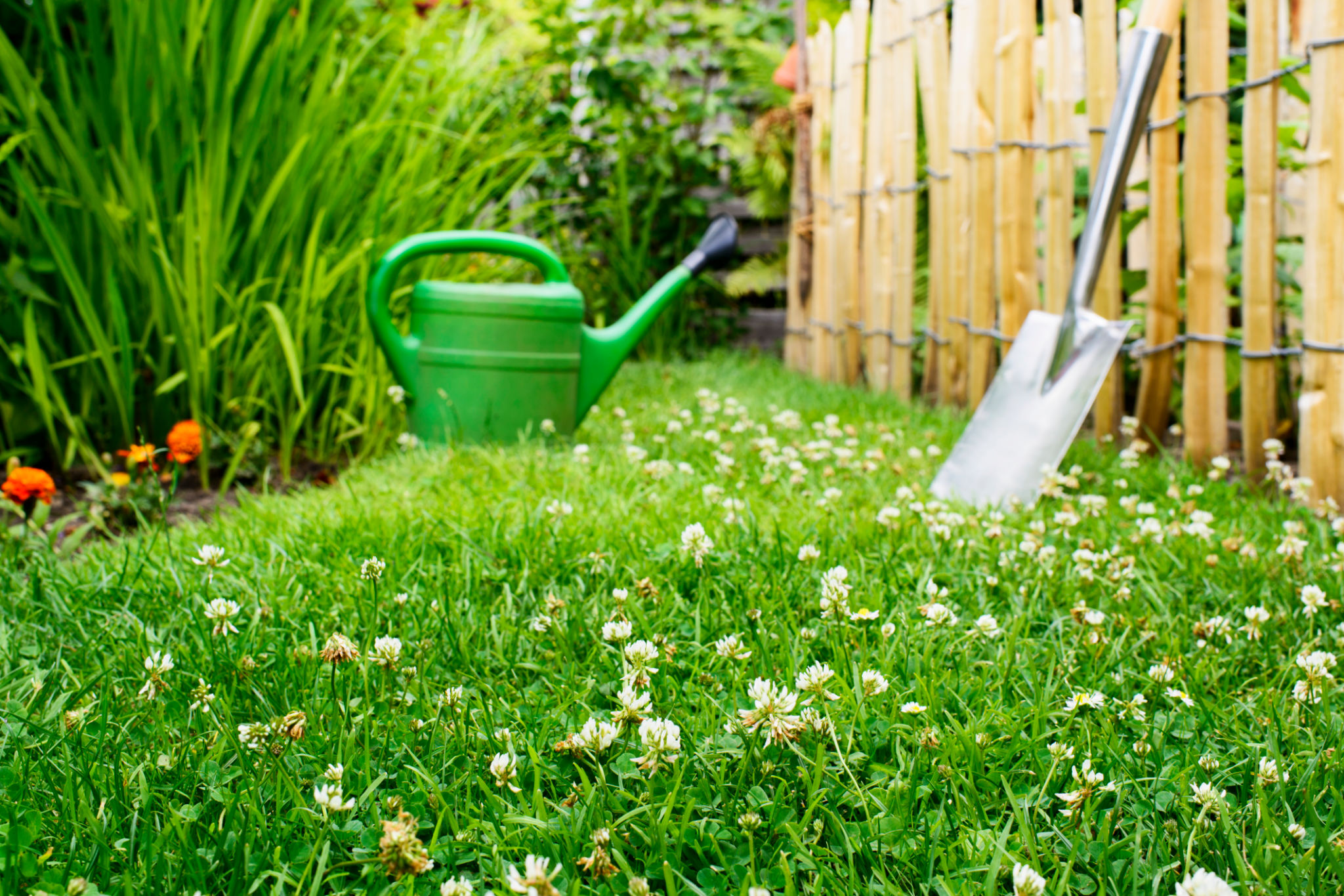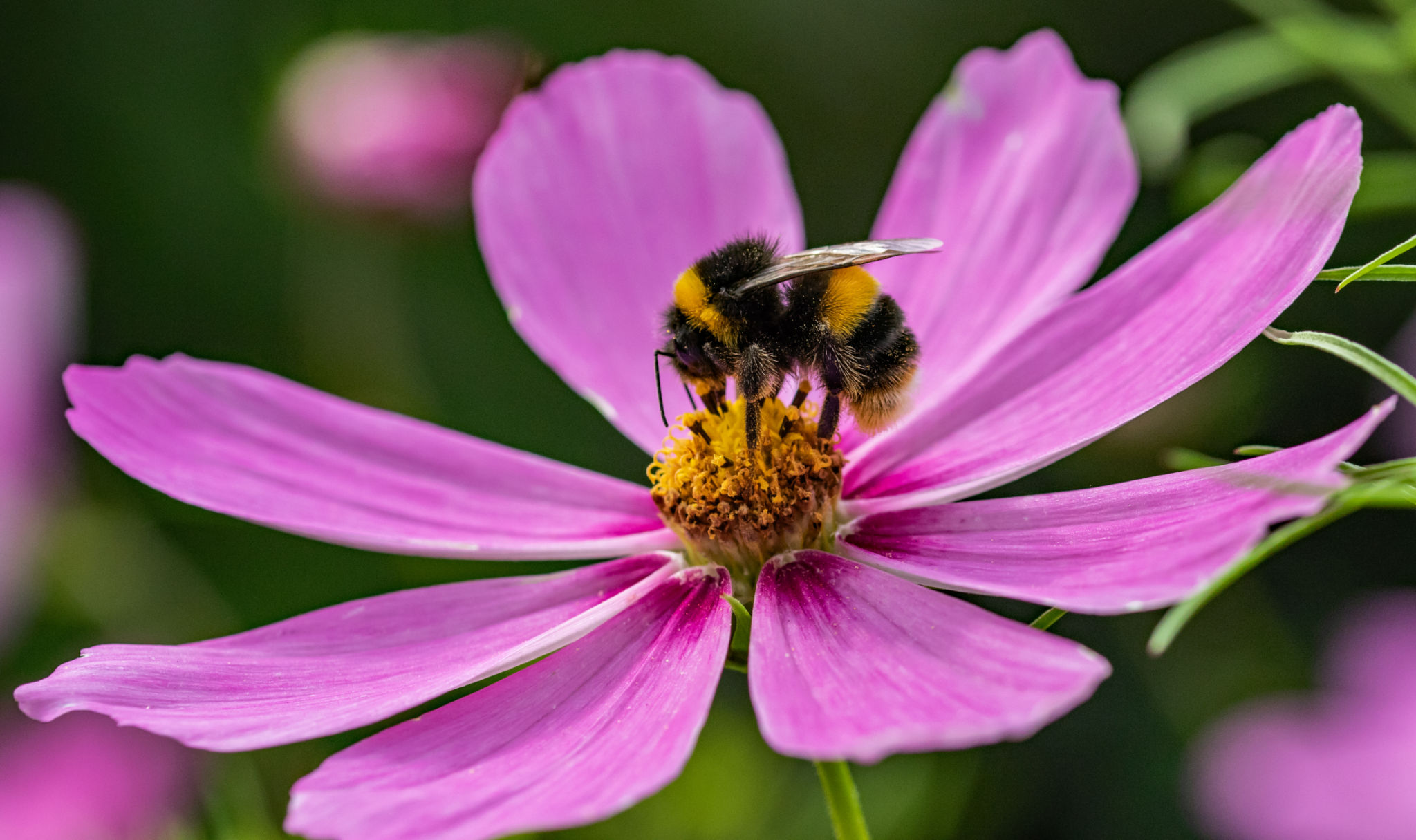Pollinator Paradise: How Clover Lawns Support Local Ecosystems
The Rise of Clover Lawns
In recent years, clover lawns have gained popularity as a sustainable and environmentally friendly alternative to traditional grass lawns. These lush green expanses not only offer aesthetic appeal but also play a crucial role in supporting local ecosystems. As homeowners and gardeners become increasingly eco-conscious, clover lawns present a unique opportunity to create a pollinator paradise in their own backyards.
Unlike conventional grass lawns that often require heavy maintenance and chemical treatments, clover lawns are low-maintenance and naturally resilient. They thrive on minimal watering and do not demand frequent mowing, making them an ideal choice for those looking to reduce their environmental footprint. Beyond their ease of care, clover lawns offer substantial ecological benefits, particularly in supporting local pollinators.

Benefits for Pollinators
Clover is a flowering plant that produces abundant nectar, attracting a variety of pollinators such as bees, butterflies, and hummingbirds. These creatures play a critical role in our ecosystems by facilitating the reproduction of flowering plants. By supporting pollinator populations, clover lawns help ensure the health and diversity of local flora and fauna.
Pollinators are vital for the production of many fruits, vegetables, and nuts. Without them, our food supply would be severely compromised. By planting clover instead of grass, homeowners can contribute to the sustainability of their local food systems and promote biodiversity in their communities.

How Clover Enriches the Soil
Clover is not only beneficial for pollinators but also improves soil health. It is a nitrogen-fixing plant, meaning it captures nitrogen from the air and converts it into a form that plants can use. This process enriches the soil with essential nutrients, reducing the need for synthetic fertilizers. Healthier soil means healthier plants, leading to more robust ecosystems overall.
The root systems of clover also help prevent soil erosion by stabilizing the ground. This is particularly important in areas prone to heavy rainfall or strong winds, where soil erosion can lead to significant environmental damage.

Creating Your Clover Lawn
Transitioning from a traditional grass lawn to a clover lawn is relatively simple. Start by selecting the right type of clover for your region; white clover is commonly used due to its adaptability and resilience. Prepare your soil by removing existing grass and weeds, then spread clover seeds evenly across the area.
Clover seeds germinate best in moist soil, so water the area thoroughly after planting. Within a few weeks, you'll begin to see sprouts emerging, and your clover lawn will start to take shape. Once established, your new lawn will require minimal upkeep.
Embracing Biodiversity
By opting for a clover lawn, you're not just making a choice for convenience but also taking a step towards nurturing biodiversity. A diverse ecosystem is more resilient and better equipped to handle environmental changes and challenges.
Clover lawns provide a habitat for various organisms that contribute to the health of the ecosystem. They offer shelter and food sources for small animals and insects, creating a balanced environment where different species can thrive.

A Greener Future with Clover Lawns
As awareness of environmental issues continues to grow, more individuals are seeking ways to make positive changes in their everyday lives. Incorporating clover lawns into landscaping practices is a simple yet effective method of supporting local ecosystems and promoting sustainability.
Ultimately, transitioning to clover lawns can help foster a deeper connection with nature while contributing to the wellbeing of the planet. By making this choice, you're not only enhancing your own outdoor space but also playing a part in creating a greener future for everyone.